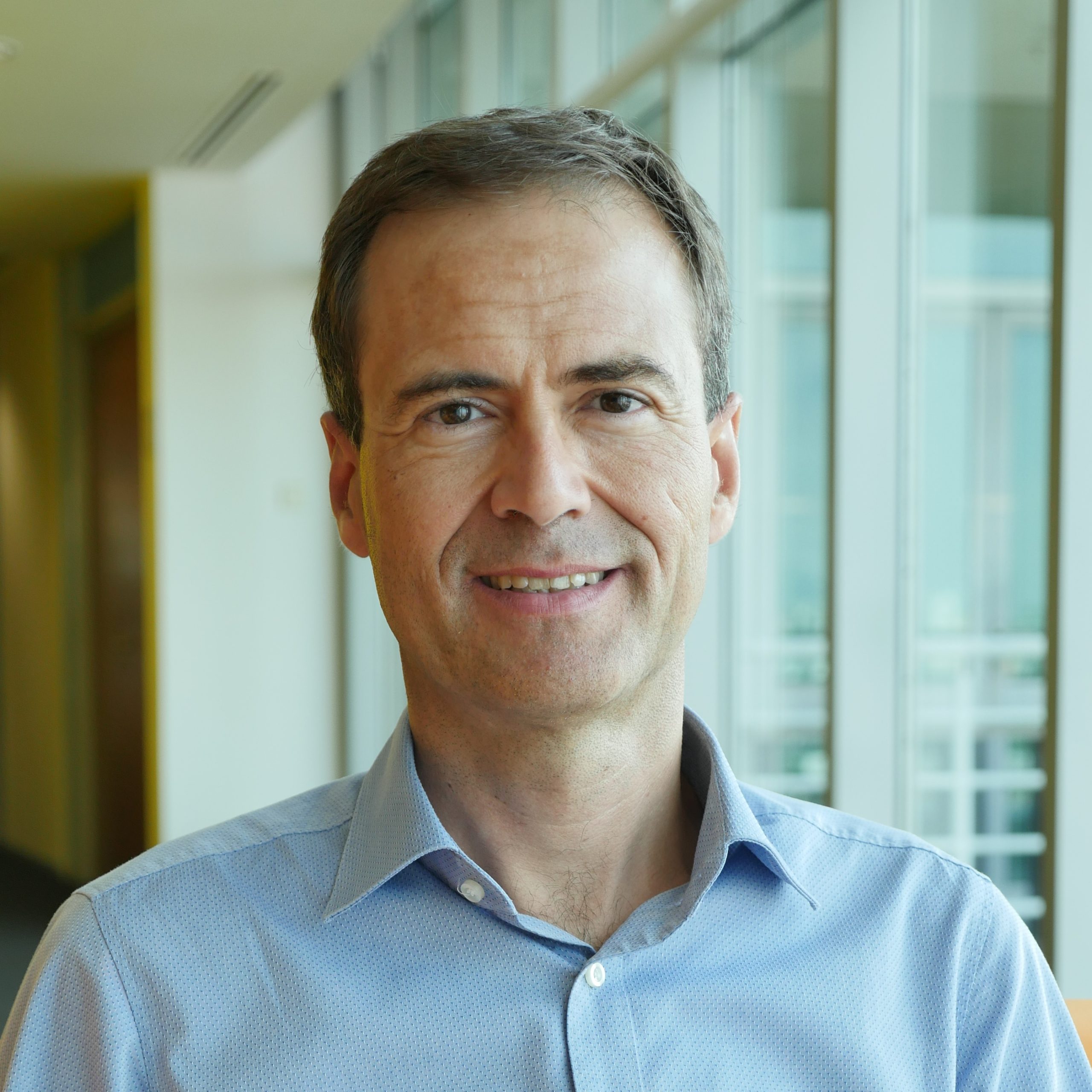Siemens’ new work culture is on the move

“The COVID-19 pandemic has given new perspectives to work and work-life integration for both employers and employees.” – Michael Haberzettl, Head of HR, ASEAN, Siemens.
Remote working and work-from-home (WFH) are just some of the terminologies that have been closely associated with the world of work since the onset of the COVID-19 pandemic.
For Germany’s Siemens however, the re-imagining of work, and the reshaping of their world beyond the pandemic, does not necessarily lead to the home. Last month, the company announced a new mobile working model that is allowing more than 140,000 Siemens employees in more than 125 locations across 43 countries to work from wherever they want, for two or three days a week.
HRM Asia sits down with Michael Haberzettl, Head of HR, ASEAN, Siemens, to find out more.
Which Siemens offices in Asia are already implementing the new mobile working model, and are there any plans for this to be implemented across all Siemens offices around the world?
The plan is to implement the new mobile working model in all our offices in Asia. In South-east Asia, all our offices have existing work-from-home policies, averaging 5 day a month. We are currently reviewing this to align with the new global policy.
While WFH has been the default model for many companies during the pandemic, Siemens has deviated from this by allowing employees to choose where they want to work for 2-3 days a week. Can you elaborate on this strategy, and why do you think this will be an effective work model now, and post-pandemic?
The COVID-19 pandemic has given new perspectives to work and work-life integration for both employers and employees. In the last few months, we have conducted several pulse checks with our employees to get their feedback on their WFH experience and how they would like to adjust in the new normal.
The majority say that they have been effective working from home and appreciate having more time for family and themselves from not having to travel to and back from work.
As a company, we recognise that this mindset shift cannot be reverted. Therefore, we want to establish mobile working as a key element of the new normal, complemented by time in the office. By doing this, we want to:
- Empower our employees to choose the work environment in which they can perform at their best.
- Improve employee engagement and well-being by providing greater personal flexibility.
- Attract and retain the best global talent and build diverse teams for our company.
- Become more resilient and flexible, and walk the talk as a leader in digitalisation.
- Serve customers and society even better with faster service and a lower carbon footprint.
- Develop the workplace of the future by leveraging new ways of mobile, digital collaboration.
We believe this is the way to go post COVID-19 and all companies recognise the need to adapt and provide greater mobile working options. Siemens is just one of the first to make a clear commitment on our strategy for this.
Roland Busch, deputy chief of Siemens, described the need for a “different leadership style that focuses on outcomes rather than on time spent at the office.” Can you describe this new leadership style for us, and how will it redefine Siemens’ employee engagement strategy?
This new leadership style is based on trust and empowerment of employees, independent from face time. It will emphasise on team self-organisation. We will expect our leaders to be frontrunners in fostering a more trust-based, collaborative and caring company culture, strengthening the sense of community and belonging.
They should focus on outcomes rather than presence and, empower and inspire their teams, rather than control. In addition, our leaders should help their teams to own and organise their work.
Read: Siemens to 140,000 employees: Where do you want to work?
How will you also ensure the continued well-being of your employees?
Our HR Environment, Health & Safety team has been looking at measures to foster employee well-being, such as their mental and physical health. That includes internal and external resources.
In addition, we have been rolling out Learning & Development (L&D) webinars that focus on building agility and resilience. We are also helping employees to form networks among themselves to support one another formally and informally.
As COVID-19 continues to compel organisations to adapt and restructure, what do you think should form the key pillars of any organisation’s change management strategy?
I think organisations should definitely consider the following in their change management strategy:
- Leadership and culture – They should transform management culture to encourage trust-based leadership, empower people and enable them to adopt new ways of working.
- Workplace – They should develop a working environment with maximum flexibility.
- Technology & tools – They will need to accommodate virtual collaboration and secure mobile work at scale.
- Employee well-being – They definitely need to foster employee well-being to maintain sustainable performance.



